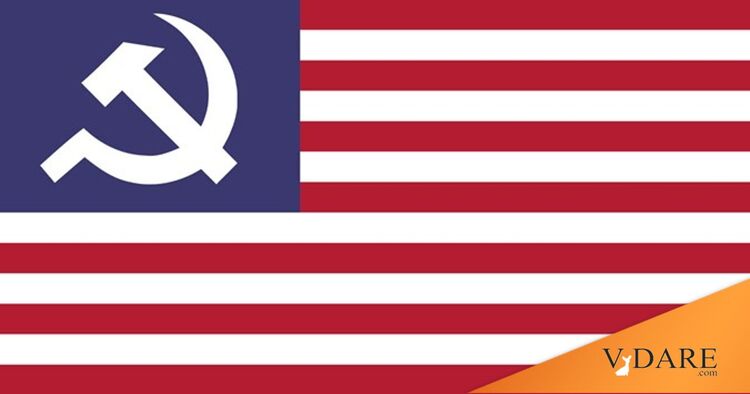Andy Grove, one of the big three bosses (along with Gordon Moore and Robert Noyce) of Intel, the company that, more than anybody else, put the silicon in Silicon Valley, has died.
Here is his 2010 op-ed for Bloomberg on rethinking industrial policy for the benefit of American workers:
Andy Grove: How America Can Create JobsRead the whole thing there.July 1, 2010 — 2:00 PM PDT
The underlying problem isn’t simply lower Asian costs. It’s our own misplaced faith in the power of startups to create U.S. jobs. Americans love the idea of the guys in the garage inventing something that changes the world. New York Times columnist Thomas L. Friedman recently encapsulated this view in a piece called “Start-Ups, Not Bailouts.” His argument: Let tired old companies that do commodity manufacturing die if they have to. If Washington really wants to create jobs, he wrote, it should back startups.
Friedman is wrong. Startups are a wonderful thing, but they cannot by themselves increase tech employment. Equally important is what comes after that mythical moment of creation in the garage, as technology goes from prototype to mass production. This is the phase where companies scale up. They work out design details, figure out how to make things affordably, build factories, and hire people by the thousands. Scaling is hard work but necessary to make innovation matter.
The scaling process is no longer happening in the U.S. And as long as that’s the case, plowing capital into young companies that build their factories elsewhere will continue to yield a bad return in terms of American jobs.
Scaling used to work well in Silicon Valley. Entrepreneurs came up with an invention. Investors gave them money to build their business. If the founders and their investors were lucky, the company grew and had an initial public offering, which brought in money that financed further growth.
I am fortunate to have lived through one such example. In 1968 two well-known technologists and their investor friends anted up $3 million to start Intel (INTC), making memory chips for the computer industry. From the beginning we had to figure out how to make our chips in volume. We had to build factories, hire, train, and retain employees, establish relationships with suppliers, and sort out a million other things before Intel could become a billion-dollar company. Three years later the company went public and grew to be one of the biggest technology companies in the world. By 1980, 10 years after our IPO, about 13,000 people worked for Intel in the U.S. …
Today, manufacturing employment in the U.S. computer industry is about 166,000, lower than it was before the first PC, the MITS Altair 2800, was assembled in 1975 (figure-B). Meanwhile, a very effective computer manufacturing industry has emerged in Asia, employing about 1.5 million workers—factory employees, engineers, and managers. The largest of these companies is Hon Hai Precision Industry, also known as Foxconn. The company has grown at an astounding rate, first in Taiwan and later in China. Its revenues last year were $62 billion, larger than Apple (AAPL), Microsoft (MSFT), Dell (DELL), or Intel. Foxconn employs over 800,000 people, more than the combined worldwide head count of Apple, Dell, Microsoft, Hewlett-Packard (HPQ), Intel, and Sony (SNE) (figure-C).
Until a recent spate of suicides at Foxconn’s giant factory complex in Shenzhen, China, few Americans had heard of the company. But most know the products it makes: computers for Dell and HP, Nokia (NOK) cell phones, Microsoft Xbox 360 consoles, Intel motherboards, and countless other familiar gadgets. Some 250,000 Foxconn employees in southern China produce Apple’s products. Apple, meanwhile, has about 25,000 employees in the U.S. That means for every Apple worker in the U.S. there are 10 people in China working on iMacs, iPods, and iPhones. The same roughly 10-to-1 relationship holds for Dell, disk-drive maker Seagate Technology (STX), and other U.S. tech companies.
You could say, as many do, that shipping jobs overseas is no big deal because the high-value work—and much of the profits—remain in the U.S. That may well be so. But what kind of a society are we going to have if it consists of highly paid people doing high-value-added work—and masses of unemployed?











